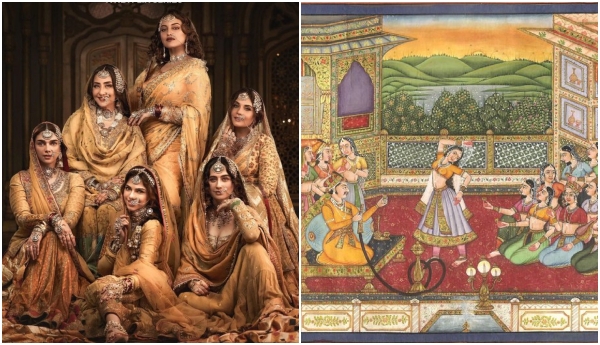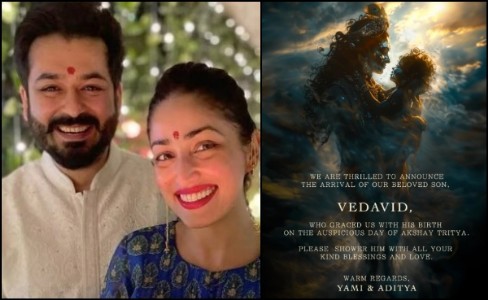Heeramandi: Bollywood romanticization of a traumatic period
Heeramandi"s history, exploring the transformation of devotional Kathak dancers, the dark shadows of the Tawaif culture, and the ethical considerations surrounding Bollywood"s narrative choices.
Total Views | 251
Recently the streaming giant Netflix on Thursday dropped the first look of the filmmaker’s controversial movie Heeramandi: The Diamond Bazaar, based on the courtesans of Lahore and the life of red-light district in undivided India. This has once again brought in the debate that goes between the historical accuracy and artistic interpretation in Bollywood. This article explores the multifaceted layers of Heeramandi's history, exploring the transformation of devotional Kathak dancers into entertainers in Mughal courts, the dark shadows of the Tawaif culture, and the ethical considerations surrounding Bollywood's narrative choices.

Do you know what Heeramandi is?
Heeramandi, which has been described as a "magical" world by the makers, is an actually a painful saga of more than thousand Hindu women who were kidnapped, sold and converted before being trained to become professional singers, dancers and sex workers by Mughal emperors.
Another time, another era, another magical world created by Sanjay Leela Bhansali that we can’t wait to be a part of. Here is a glimpse into the beautiful world of #Heeramandi 💫
— Netflix India (@NetflixIndia) February 18, 2023
Coming soon! pic.twitter.com/tv729JHXOE
Heeramandi, historically known as Shahi Mohalla, traces its roots back to Mughal-era Lahore. Heera Singh Dogra first established it as a market, but it later developed into a gathering place for courtesans, or Tawaifs. These women including Hindu women were forced to train in the arts, including dance and music, and often served as entertainment for the Mughal rulers.
Inaccurate Portrayal of Kathak:
Kathak, one of the eight forms of Indian classical dances, originated as a storytelling art form. The meaning of the word itself suggests the act of story telling. The epic of Mahabharata, which is believed to be composed during the Golden age of Ancient India - Gupta Rule, also has incidents of description of Kathak. So these performers were originally story tellers, trying to tell stories from epics like Mahabharata and Ramayana through their performances, enriching the Hindu culture. It was only during the Medieval period, during the rule of Mughals, when the art went under transition.
Tale of Heera Mandi:
— SagasofBharat (@SagasofBharat) February 22, 2023
Do you know?
What Sanjay Leela Bhansali calls a “beautiful world of Heera Mandi”, might have witnessed the painful tears of so many Hindu women during the Mughal rule & then under Ahmed Shah Abdali
(Thread) pic.twitter.com/iBj786ltim
Similarly, in Heeramandi, these devotional dancers were brought to entertain Mughal rulers in their courts. The refinement of movement, rhythmic vocabulary, and technical genius of Kathak dancers added a cultural layer to the Tawaif lifestyle.
Bollywood Glorifies Prostitution:
Prominent director Sanjay Leela Bhansali is renowned for his visually magnificent and intense films as well as controversial topics. However, concerns of the glorifying of a historic red-light district have been highlighted by his current concentration on Heeramandi and the Tawaif culture in films such as "Gangubai Kathiawadi". Yet, the portrayal may romanticise a traumatic period in history and neglect the hardships faced by the Hindu women who survived the horrors of Heeramandi. Even ‘Umrao Jaan,’ which was made twice, first in 1981 with veteran actress Rekha and again in 2006 starring Aishwarya Rai Bachchan in the titular role, revolves around Umrao Jaan, actual name Amiran, who was abducted as a young child, sold to a brothel and raised as a courtesan.
Bharati Web








